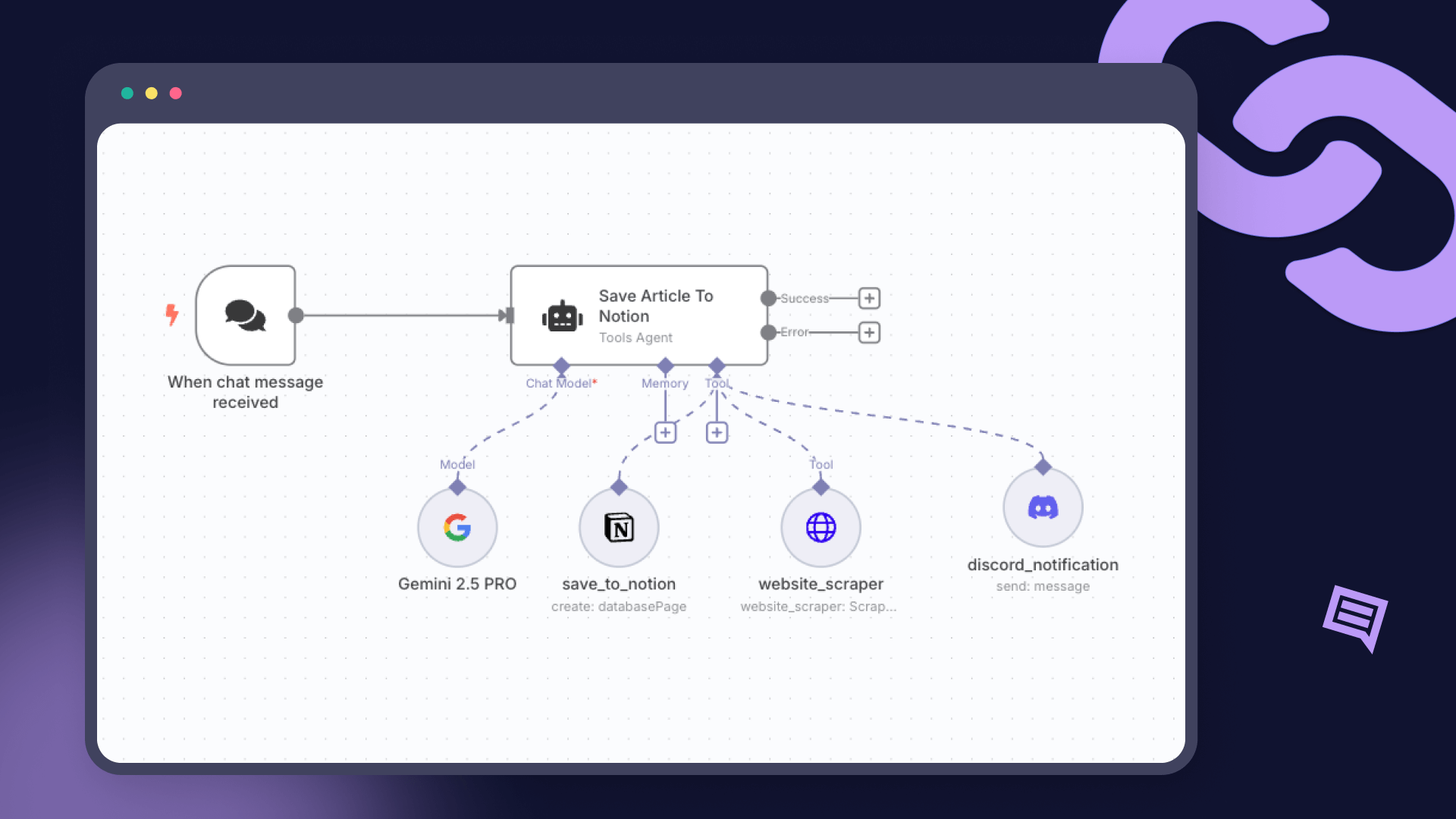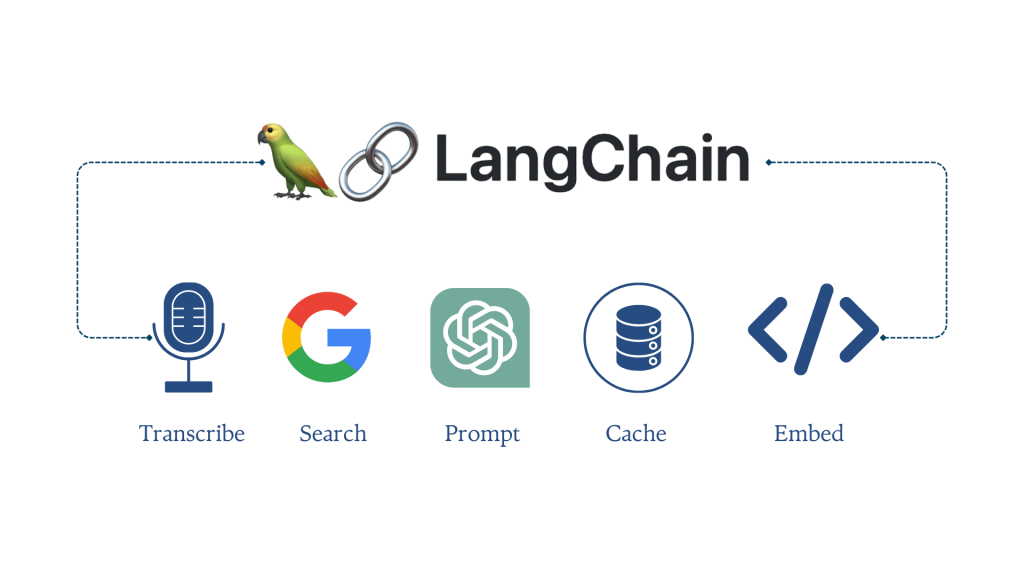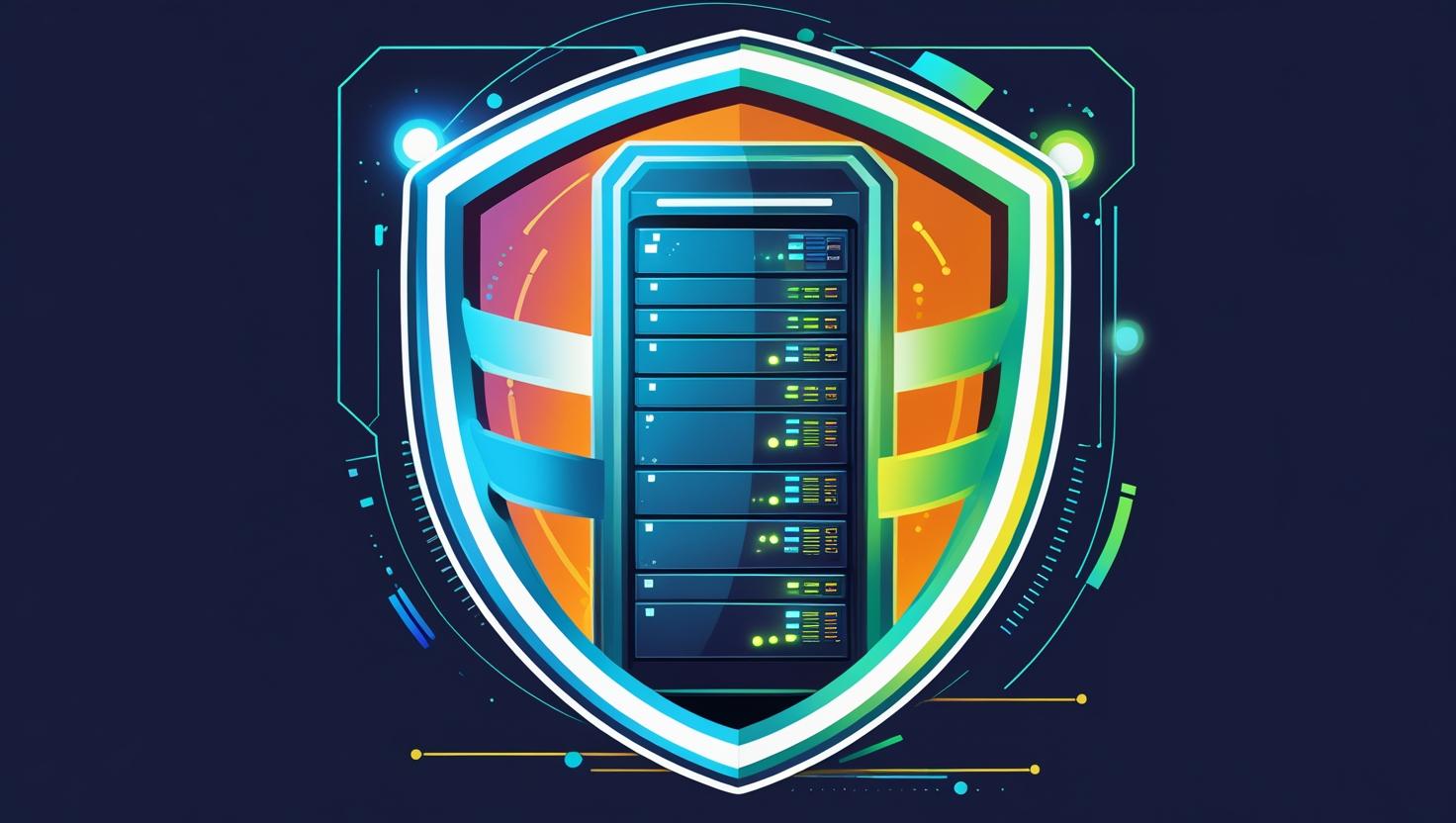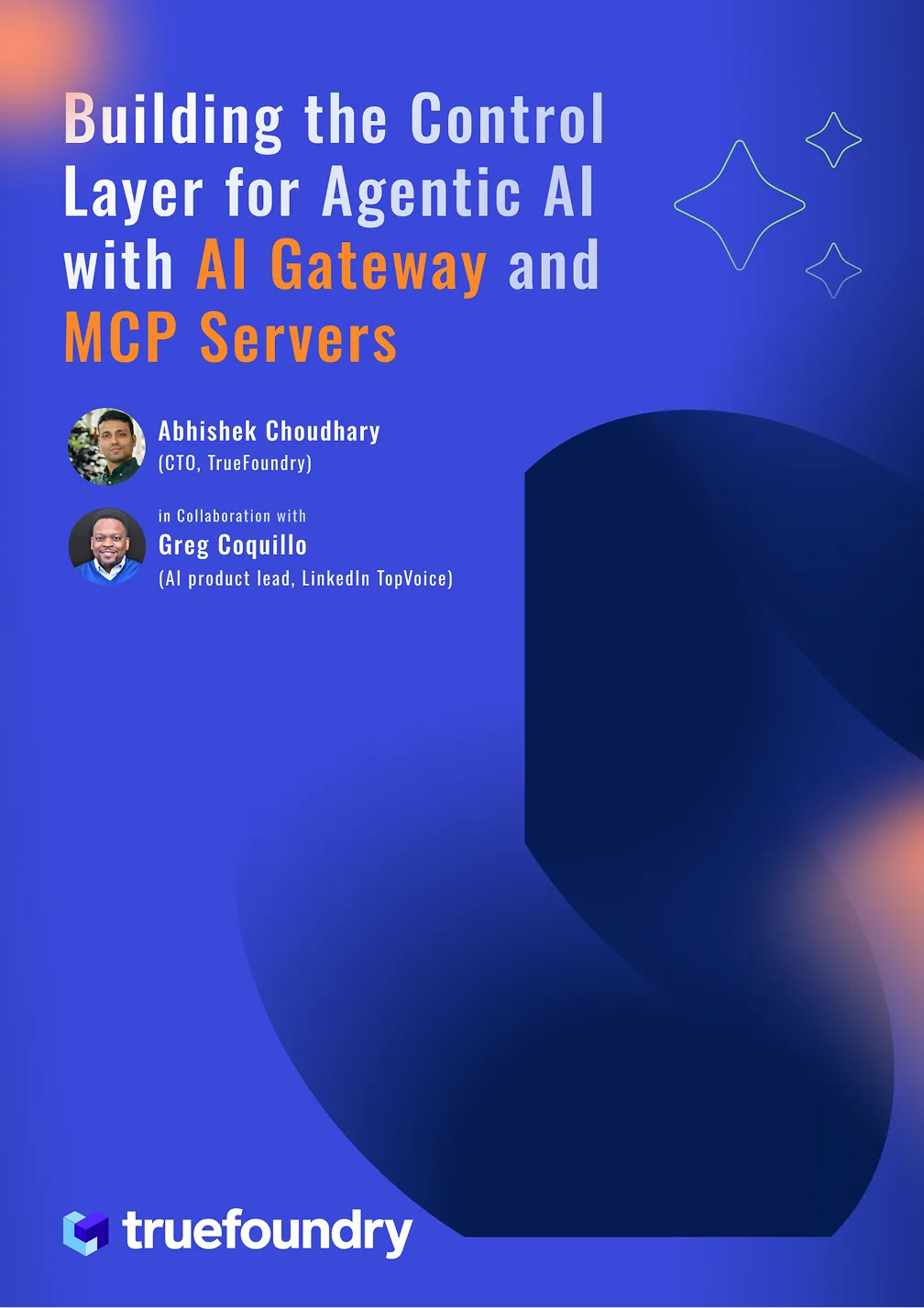Agentic AI in Enterprises: A Blueprint for Scaling Intelligence and Automation
Introduction: The Rise of Agentic AI in Enterprises
Artificial Intelligence (AI) has evolved from automating simple tasks to enabling complex decision-making processes. At the forefront of this evolution is Agentic AI - autonomous systems capable of executing multi-step tasks with minimal human intervention. These intelligent agents can perceive their environment, reason, and act to achieve specific goals, making them invaluable assets for modern enterprises.
As businesses grapple with increasing complexity and the need for agility, Agentic AI offers a transformative solution. By integrating these agents into various functions, enterprises can enhance efficiency, reduce operational costs, and foster innovation.
The Imperative for Scaling Agentic AI in Enterprises
The integration of Agentic AI is not just a technological upgrade; it's a strategic necessity. Agentic AI—autonomous systems capable of executing complex tasks with minimal human intervention—is rapidly transitioning from a novel concept to a strategic necessity for enterprises. Its potential to revolutionize operations, decision-making, and scalability positions it as a critical focus for Chief AI Officers (CAIOs) and Chief Information Officers (CIOs) aiming to maintain competitive advantage.
- Operational Efficiency: Agents can automate routine tasks, freeing up human resources for more strategic activities. For instance, Omega Healthcare Management Services integrated AI into its operations, automating tasks such as medical billing and insurance claims processing. This integration saved over 15,000 employee hours per month, reduced documentation time by 40%, and cut turnaround time by 50%, achieving 99.5% accuracy and yielding a 30% ROI for clients
- Enhanced Decision-Making: With the ability to analyze vast datasets, agents provide insights that inform better business decisions. Snowflake mentions here that the future of Data Management is Agentic AI
- Scalability: Agentic systems can adapt to increasing workloads without proportional increases in human oversight.
- Competitive Advantage: Early adopters of Agentic AI can outpace competitors by innovating faster and responding more agilely to market changes. Amazon, for example, has established a new research and development team to develop an agentic AI framework for its robotics division. This initiative aims to enhance warehouse robots' capabilities, enabling them to interpret and act on natural language commands and perform multifaceted operations . Similarly, Infosys launched the Agentic AI Foundry as part of its Infosys Topaz™ offerings, deploying over 200 enterprise AI agents to accelerate clients' AI journeys
For CAIOs and CIOs, the integration of agentic AI and scaling them necessitates careful planning. Gartner Hype Cycle for Artificial intelligence report for 2025 places Agentic AI at the peak of inflated expectations - while there has been a lot of hype around it, we believe that 2025 and 2026 will be the years when
Agentic AI will actually scale massively in Enterprises, driven by the formulation of a Scalable BluePrint to drive repeatable Agent build outs across various business functions. Each enterprise should recognise where they are in the overall Hype Cycle of Agentic AI and accordingly position themselves for success. Key considerations include:
- Infrastructure Readiness: Ensuring that the existing IT infrastructure can support the deployment and scaling of agentic AI systems.
- Workforce Training: Upskilling employees to work alongside AI agents, fostering a collaborative human-AI environment.
- Governance Frameworks: Establishing policies and procedures to manage AI ethics, data privacy, and compliance.
By addressing these areas, CAIOs and CIOs can effectively harness agentic AI's potential, driving innovation and maintaining a competitive edge in the evolving digital landscape. We cover the next section dedicated to the overall architectural blueprint for managing and scaling Agentic AI in Enterprises
Architectural Blueprint for Agentic AI in Enterprises: Gateway Integration Model
To effectively deploy Agentic AI, enterprises require a robust architecture that ensures seamless integration, scalability, and security. The Gateway Integration Model serves as a comprehensive framework for this purpose, ensuring centralized governance and federated Execution

Architecture for Scaling Agentic AI in Enterprises
Key Components of an Agentic AI System in Enterprise
- GenAI Applications: These include Retrieval-Augmented Generation (RAG) systems, chatbots, and intelligent agents that interact with users and other systems. People can implement and use frameworks like CrewAI, Agno, LangGraph, InHouse Frameworks etc for building these applications
- AI Gateway: Acts as the central orchestrator, managing requests, enforcing guardrails, logging interactions, providing a centralised observability and handling caching mechanisms for all the models and also a place to manage MCP Servers and A2A communication with proper authentications
- LLM Fine-Tuning and Deployment: Utilizes logs and feedback to fine-tune Large Language Models (LLMs), which can be then deployed for inference tasks
- Model and API Integrations: Supports integration with various LLM providers, including OpenAI, Anthropic, AWS Bedrock, Azure, and self-hosted models.
- MCP Server and Tools: The Model Context Protocol (MCP) server exposes internal tools and APIs, enabling agents to perform specific tasks effectively. This could be an Atlassian MCP Server, Slack MCP Server, GitHub MCP Server, SalesForce MCP Server, etc
- Agent-to-Agent Protocol (A2A): Facilitates communication and coordination between multiple agents, allowing for collaborative workflows.
- Guardrails: Implement safety measures to ensure compliance and prevent misuse and the above architecture allows to enforce them both at: Input layer (before AI Gateway) and Model and agent invocation layer (within or post-Gateway). The way you place Corporate guardrails and agent specific guardrails can be accordingly managed and controlled
The above architecture ensures that Agentic AI systems are modular, scalable, and secure, providing a solid foundation for enterprise-wide adoption. For enterprises to scale and not worry about the data flows, enterprises need a foundation layer to enable and run these systems within their VPC, where a central control plane like TrueFoundry comes into play.
Risks of omitting components from the above blueprint
Omitting even one of the key components in an enterprise Agentic AI stack significantly undermines the system's scalability, reliability, and security, introducing risks that ripple across both technical and organizational dimensions. Without GenAI applications like RAG or chatbots, enterprises lack interfaces for end-users and systems to interact with AI capabilities, effectively silencing downstream automation.
Excluding the AI Gateway removes the central orchestration and observability layer, leading to fragmented governance, lack of unified logging, broken authentication pipelines, and an inability to enforce consistent guardrails—putting compliance and auditability at risk. Missing LLM fine-tuning and deployment hinders the ability to adapt models to proprietary contexts, degrading accuracy and efficiency, while lack of integration with diverse APIs and model providers (OpenAI, Anthropic, AWS Bedrock, etc.) constrains flexibility and vendor redundancy, increasing platform lock-in.
Without MCP servers, agents are decoupled from enterprise tools (like Jira, Salesforce, GitHub), turning powerful AI logic into isolated silos with no way to take meaningful action. Ignoring A2A protocols breaks multi-agent collaboration, reducing agentic intelligence to simple task automation rather than enabling complex, cross-functional workflows. Finally, skipping guardrails or failing to enforce them at both input and invocation layers opens the system to misuse, privacy violations, and unreliable outputs—eroding stakeholder trust.
Each missing piece chips away at the enterprise’s ability to scale confidently, govern responsibly, and respond reliably in mission-critical environments. This is why foundational control planes—like TrueFoundry—deployed within the enterprise VPC are essential: they enforce structure, observability, and secure operations at scale across all components of the Agentic AI lifecycle.
Let’s now look at the Enterprise specific real life Use of Agentic AI across the various business functions.
Enterprise Use Cases for Agentic AI: Transforming Core Functions
1. IT Operations and Incident Management
In the context of IT operations, Agentic AI systems can monitor infrastructure, detect anomalies, diagnose issues, and implement resolutions autonomously, thereby enhancing efficiency and building pro-active maintenance capabilities which can be measured in terms of reduction in mean time to resolution (MTTR) and the reduction in number of Service disruptions or downtimes.
Architecture & Workflow: Agentic AI in Incident Management
A typical Agentic AI-driven incident management architecture encompasses the following components:
- Monitoring Tools: Systems like Prometheus or Datadog continuously collect metrics and logs from various infrastructure components and you will need the architecture to be able to invoke the MCP servers of these tools.
- AI Agents: These agents analyze the collected data to detect anomalies, identify root causes, and determine appropriate remediation actions.
- Incident Management Systems: Platforms like ServiceNow or PagerDuty receive incident reports from AI agents and coordinate response efforts.
- Communication Channels: Tools such as Slack or Microsoft Teams facilitate communication between AI agents and human operators, ensuring transparency and collaboration. Again the Agent will be interfacing with the MCP servers of Slack, teams etc.
- Knowledge Bases: Repositories of historical incident data and resolutions that AI agents can reference to inform their decision-making processes including access to configuration management databases (CMDBs) and incident response playbooks
Workflow of the above Agentic AI system
- Detection: AI agents monitor real-time data streams to identify anomalies or performance degradations.
- Diagnosis: Upon detecting an issue, agents analyze logs and metrics to ascertain the root cause.
- Resolution: Agents execute predefined remediation actions or suggest solutions to human operators.
- Learning: Post-incident, agents update their knowledge bases with new insights to improve future responses

IT Operations and Incident Management using Agentic AI
Real-World Example: Microsoft’s Autonomous Incident Management
Microsoft has implemented Agentic AI to enhance its cloud incident management processes. By leveraging AI agents, Microsoft can autonomously detect service issues, analyze root causes, and implement fixes without human intervention. This approach has led to significant reductions in mean time to resolution (MTTR) and improved overall service reliability.
Sales and Marketing Automation
Sales and marketing operations in modern enterprises are increasingly complex, requiring real-time personalization, data-driven outreach, and efficient coordination between platforms. Agentic AI can identify high-intent leads, personalize engagement strategies, and optimize marketing performance through continuous learning and experimentation. The measurable benefits include higher lead conversion rates, improved customer experience, and significantly reduced operational overhead for sales and marketing teams.
Architecture & Workflow: Agentic AI in Sales and Marketing Automation
A typical Agentic AI architecture for sales and marketing automation includes the following components:
1. Customer Data Sources: Behavioral data from websites, product usage, CRM logs Integrated via MCP Servers (e.g., Salesforce MCP, HubSpot MCP)
2. AI Agents: They Perform lead scoring, segmentation, message personalization, and campaign orchestration and Interact with MCP servers of CRM and marketing tools to fetch, push, and update records.
3. Campaign Platforms: Tools like Mailchimp, HubSpot, and Outreach are invoked through agents to launch email or multichannel campaigns.
4. Lead Intelligence Tools: ZoomInfo, Clearbit, and LinkedIn Sales Navigator MCP servers provide enrichment data that agents use to prioritize leads.
5. A/B Testing & Feedback Analysis: Agents experiment with different subject lines, CTAs, timings and can Use data analytics platforms like Amplitude or internal dashboards to close the feedback loop.
6. Communication Tools: Integration with Slack/Teams MCPs enables agents to notify human sales reps with summaries or meeting suggestions.
7. Voice & Dialer Systems: Tools like Aircall, RingCentral used by agents for automated calling sequences and voicemail drops.
Workflow of the above Agentic AI system
- Lead Identification: AI agents continuously monitor CRM and behavioral data to detect buying signals and intent.
- Personalization: Agents generate campaign content tailored to each lead's behavior, role, and company profile.
- Campaign Execution: Using MCP integrations, agents autonomously launch email, SMS, LinkedIn messages, or automated calls.
- Optimization: Agents analyze performance metrics in real-time and dynamically adjust messaging, timing, or segments.
- Sales Handoff: Once a lead is sales-qualified, agents create opportunities in CRM and coordinate meetings through calendar tools.

Sales and Marketing Automation using Agentic AI
Real-World Example: Salesforce's Agentforce AI
Salesforce has introduced tools like Agentforce AI and Sales Coach, representing real-world applications of Agentic AI. These agents assist sales reps by automatically summarizing customer histories, suggesting talking points, and even recommending negotiation strategies.
Integrated tightly with Salesforce CRM and Slack MCPs, these agents enable reps to personalize outreach instantly and reduce preparation time for meetings. The result: faster sales cycles, higher engagement, and reduced workload. According to recent reports, these tools are already improving lead follow-up efficiency by over 40%, demonstrating the immediate ROI of Agentic AI in enterprise sales and marketing.
Product Engineering and Innovation
Product engineering in the modern enterprise is increasingly complex, involving fast-paced iteration, continuous integration, distributed teams, and data-driven experimentation. Agentic AI unlocks a new layer of efficiency and innovation by enabling autonomous agents to collaborate across the engineering toolchain.
These agents can automate code generation, perform intelligent test orchestration, monitor deployment health, analyze product analytics, and generate insights that feed back into the development process. This results in faster release cycles, reduced errors, improved product-market fit, and enhanced collaboration between engineering and product teams.
Architecture & Workflow: Agentic AI in Product Engineering and Innovation
A robust Agentic AI architecture for product engineering includes the following interconnected components:
1. Source Code Repositories:GitHub, GitLab, Bitbucket MCP servers:Agents monitor pull requests, issues, and commit patterns
2. AI Agents:Perform code review suggestions, auto-generate unit/integration tests, and optimize CI/CD pipelines.:Can trigger workflows and interact with infrastructure-as-code platforms.
3. CI/CD Systems:Tools like Jenkins, GitHub Actions, CircleCI accessed via MCP servers.Agents ensure tests run, handle rollbacks, and manage deployment approvals.
4. Issue Trackers:Jira, Linear, and Azure Boards MCP integrations help agents triage bugs, assign tasks, and suggest sprint adjustments.
5. Test Automation Frameworks: Selenium, Cypress, Playwright for UI tests.Agents select relevant test suites based on code changes and historical failure patterns.
6. Monitoring and Observability: Datadog, New Relic, or Grafana MCPs feed data to agents for production health tracking.Agents trigger alerts or remediations for anomaly detection.
7. Product Analytics Platform: Amplitude, Mixpanel, PostHog MCPs provide feedback on user engagement.Agents suggest feature improvements or flag churn signals.
Workflow of the above Agentic AI system
- Code Contribution Monitoring: Agents monitor repositories and suggest code refactors or test improvements based on style guides and issue patterns.
- Test Generation & Execution: Agents generate missing tests, prioritize regression test suites, and trigger only necessary pipelines.
- Deployment & Monitoring: Agents manage deployment rollouts and monitor KPIs to catch issues early.
- Feedback Loop: Based on product analytics, agents suggest UI tweaks or feature enhancements.
- Sprint Optimization: Agents update Jira tickets, propose backlog re-prioritization, or even auto-close resolved issues.

Production Engineering and Innovation using Agentic AI
Real-World Example: Morgan Stanley’s DevGen.AI
In January 2025, Morgan Stanley introduced DevGen.AI, an in-house AI Agent built on OpenAI's GPT models, designed to tackle the challenge of modernizing outdated legacy code—a common issue in large enterprises. Since its launch, DevGen.AI has reviewed over 9 million lines of code, saving developers approximately 280,000 hours.
This significant time savings has allowed Morgan Stanley's 15,000 developers to focus more on strategic initiatives rather than manual code translation. By automating the generation of readable specifications from legacy code, DevGen.AI exemplifies how Agentic AI can streamline the modernization process, reduce the risk of errors, and accelerate the integration of legacy systems into modern architecture
Conclusion: Embracing the Agentic AI Future
Agentic AI represents a paradigm shift in how enterprises operate, offering unprecedented levels of automation, efficiency, and intelligence. By adopting the Gateway Integration Model and strategically deploying intelligent agents across core functions, businesses can unlock new potentials and maintain a competitive edge in the digital era.
As with any transformative technology, success lies in thoughtful implementation, continuous learning, and adaptability. Enterprises that embrace Agentic AI today will be the trailblazers of tomorrow's intelligent economy.
Built for Speed: ~10ms Latency, Even Under Load
Blazingly fast way to build, track and deploy your models!
- Handles 350+ RPS on just 1 vCPU — no tuning needed
- Production-ready with full enterprise support
TrueFoundry AI Gateway delivers ~3–4 ms latency, handles 350+ RPS on 1 vCPU, scales horizontally with ease, and is production-ready, while LiteLLM suffers from high latency, struggles beyond moderate RPS, lacks built-in scaling, and is best for light or prototype workloads.

















